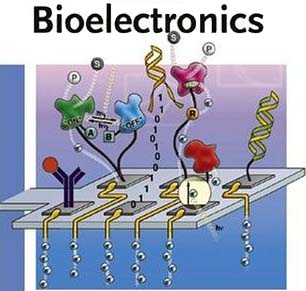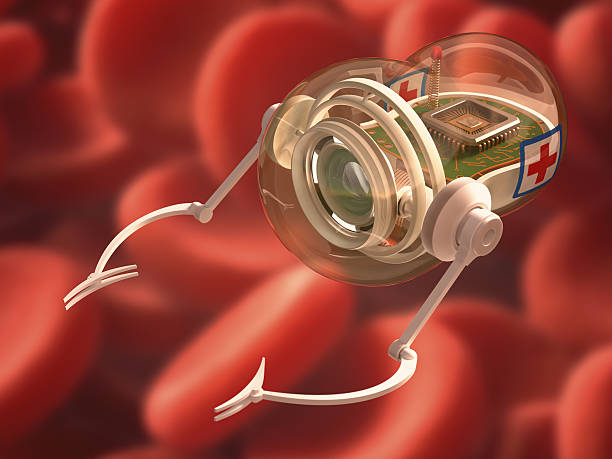Using the knowledge of electronic nanotechnology, nanobots can be designed that are placed in the human body and play the role of protector and therapist (PhD in nano-microelectronics)
Researcher and author: Dr. ( Afshin Rashid)
Note: Nobots (micro-electronic-medical robots) are small machines in Maghus (nanoparticles) that are designed to perform special and sometimes repetitive operations with very high accuracy. Using the knowledge of nanotechnology, nanobots can be designed that are placed in the human body and play the role of protector and therapist. These smart machines are able to make multiple copies of themselves and replace worn or damaged tissue. This process is called self-replication .
Nanobots have the potential to protect the system meticulously by assembling and cloning. In fact, they are put into a process with an atomic or molecular structure to complete a cycle. However, due to the complexities of the human body so that it can move between the arteries and veins of the body and study and identify diseases, it is a nano-electronic robot system that is a controlled robotic system at the nanoscale and molecular scale. This micro-robot has features such as the ability to be used in small spaces with high flexibility, high functionality and compatibility in different conditions. The kinetic energy of the fluid (such as blood), electromagnetic radiation, temperature changes caused by the increase and decrease of light, and the creation of suitable vibrations that can now be used in a variety of biological environments are important to medical nanobots. It is by providing their driving force that mainly blood flow takes place and therefore it should be done by observing the patient's safety points.The information transmission system and control of the movement of nanobots in the body should also be such that it can be easily examined from outside the body. This means that cell repair nanomachines can be designed on a molecular scale with special tools and receptors to reach the target cell using blood flow and identify existing problems.
The reason for the importance of nobots is their speed and performance in the face of viruses and pathogenic symptoms. Nanobots that can detect the presence of a specific infection or virus in the body in 20 minutes. And its material is gold, short and long strands of DNA have been used. In this design, the long strands of DNA are selected so that they can bind to pathogens, and the short strands of DNA, with their luster, indicate the presence of infection or virus. The next goal of this project is to modify nanorobots using microRNA so that it can be used to identify diseases such as cancer and heart disease. Making a versatile nano-robot that can be used in the diagnosis and treatment of cancer.In the construction of this nanobot, anti-tumor nanoparticles called 3 with dimensions of 20 to 30 nanometers have been used, which are present as pigment nanoprophyrin in red blood cells. They carry drugs relative to minerals in the treatment of tumors. By attaching these nanoparticles to nanorobots, the nanoparticles enter the tumor tissue and send a signal that is effective in detecting the tumor. Bio-nanotubes with highly sensitive sensors will be one of the devices that will gradually transform medical affairs . In fact, they are a model of molecular machines that control and improve the connections and connections between biological cells with special methods , in other words, they monitor the function of cells and take proper control of them. The working method of these molecular models is based on Simulation in three-dimensional environment .
Conclusion :
Knobs (tiny medical nano-robots) are small machines in Maghus (nanoparticles) that are designed to perform special and sometimes repetitive operations with great precision. Using the knowledge of nanotechnology, nanobots can be designed that are placed in the human body and play the role of protector and therapist. These smart machines are able to make multiple copies of themselves and replace worn or damaged tissue. This process is called self-replication .
Researcher and author: Dr. ( Afshin Rashid)
PhD in Nano-Microelectronics




